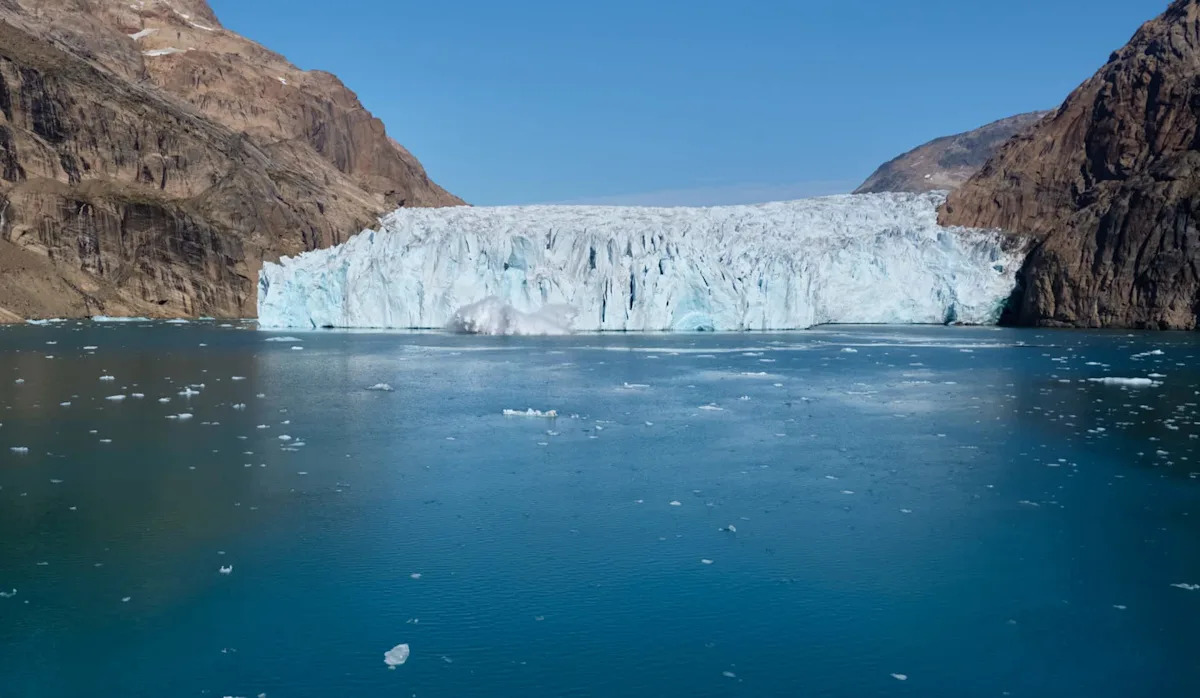New Study Suggests Glacial Melt May Initially Reduce Greenhouse Gas Emissions

A recent investigation by researchers from the University of Florida and the University of Maryland has uncovered a complex interplay between glacial melt and greenhouse gas dynamics, potentially adding a new layer to understanding climate change processes. The findings, detailed in a study published on Phys.org, propose that the exposure of land as glaciers recede can initially trigger chemical reactions which temporarily diminish atmospheric greenhouse gas concentrations.
The research team posited that the unveiling of previously buried landscapes following glacial retreat initiates novel chemical interactions. Jonathan Martin, professor of geological sciences at UF and lead author of the study, explained that the team’s core inquiry centered on how the movement of greenhouse gases between landmasses and the atmosphere has evolved since the Last Glacial Maximum approximately 15,000 years ago.
To examine this hypothesis, scientists conducted fieldwork within a southwest Greenland watershed that is undergoing partial deglaciation. They gathered samples of fresh meltwater exhibiting low levels of reactive dissolved organic carbon, as well as soil water exposed to atmospheric conditions following the glacier’s retreat over millennia.
The study revealed that the breakdown of newly exposed rock material via chemical processes effectively sequesters carbon dioxide from the atmosphere. This initial drawdown assists in reducing greenhouse gas emissions—a temporary effect. However, researchers observed a subsequent shift as soil began forming on the exposed terrain, initiating different reactions leading to methane production, a potent greenhouse gas.
“Our results indicate that the decline of atmospheric carbon dioxide during deglaciation following the Last Glacial Maximum lessened the atmosphere’s ability to retain heat and acted as a counterbalancing force against natural warming trends associated with emerging from an ice age,” Martin stated.
Looking ahead, researchers emphasize the need to investigate the interplay between these three key greenhouse gases—carbon dioxide, methane, and reactive organic carbon—to better understand how they collectively regulate global temperature fluctuations during glacial retreat.









